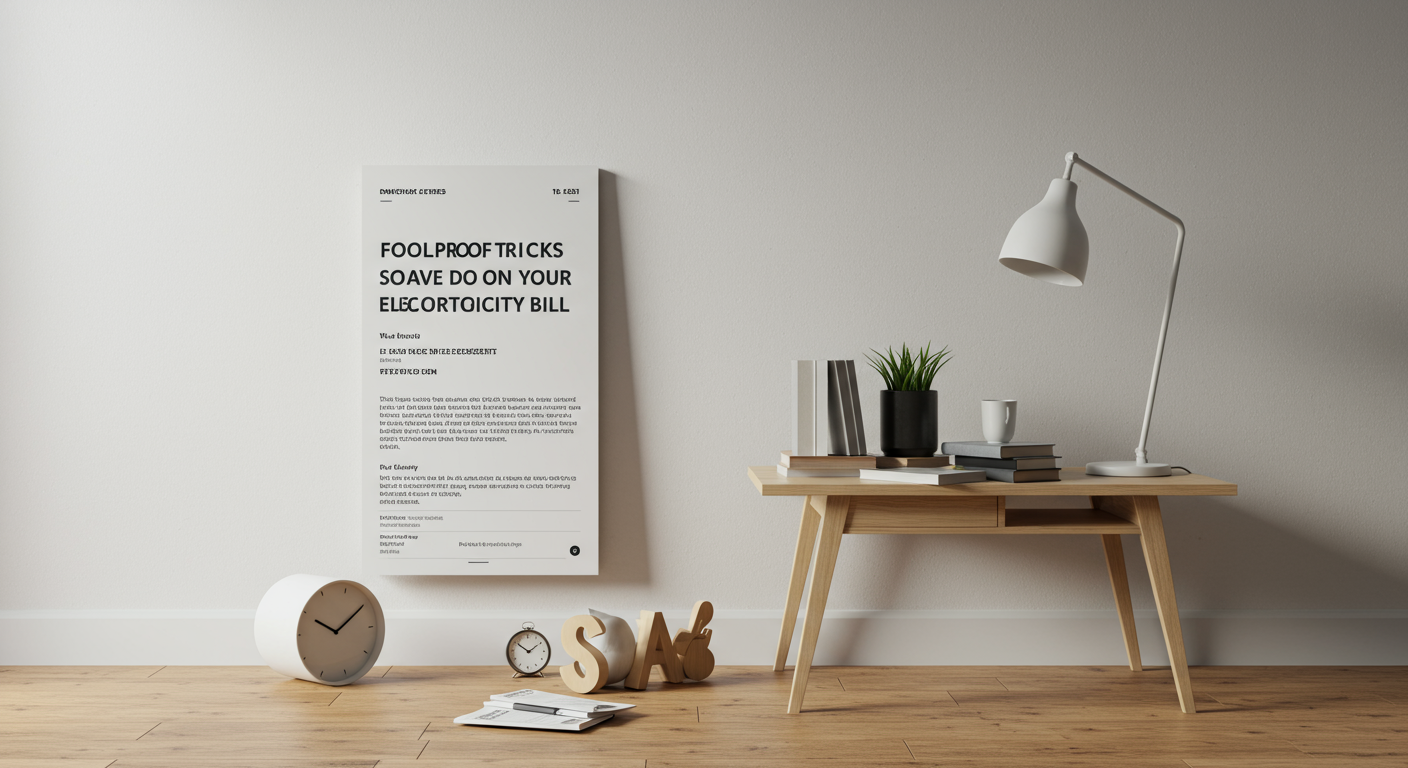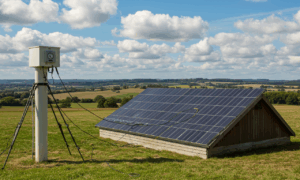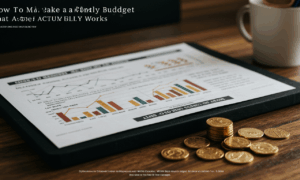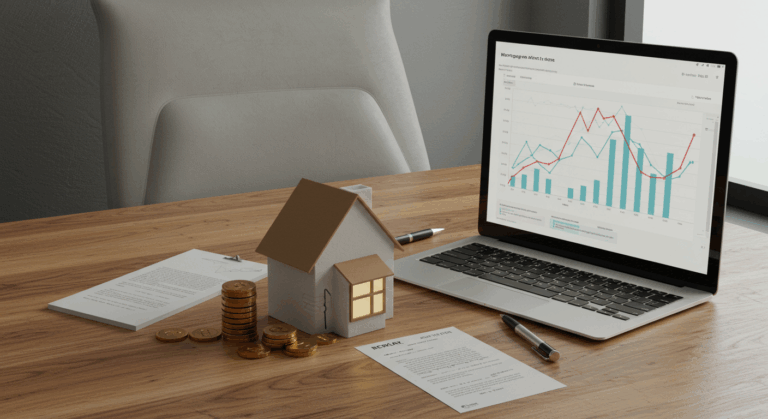Foolproof Tricks to Save on Your Electricity Bill
Are you tired of the unpleasant surprise that comes with opening your monthly electricity bill? For many households, energy costs represent a significant and often unpredictable expense. The good news is that you are not powerless. You can save on your electricity bill substantially by implementing a series of strategic habits and smart adjustments in your daily routine. This article will guide you through foolproof, practical, and effective methods to reduce your energy consumption, lower your costs, and take firm control of your household finances. These are not complex technical overhauls but actionable steps you can start taking today.
From understanding the fine print on your bill to making wise use of your appliances, we will explore every corner of your home to uncover savings opportunities. Prepare to transform your relationship with energy consumption from a passive expense to an active area of personal finance management.
Decode Your Bill and Master Your Tariff
The first step toward reducing any cost is understanding it completely. Your electricity bill is more than just a number to be paid; it is a detailed report on your consumption habits. Take the time to analyze it. Look for charts that show your usage over time and identify which months are most expensive. Most importantly, find out what type of rate plan or tariff you are on. Many energy providers now use a Time-of-Use (TOU) tariff, which is crucial to understand.
A TOU tariff means the price you pay for electricity changes throughout the day and week. It is typically broken down into three periods:
- Off-Peak: These are the hours when electricity demand is lowest, usually late at night and on weekends. Electricity is cheapest during this time.
- Mid-Peak: These are transitional periods, such as late morning and early evening. The price is moderate.
- On-Peak: These are the hours of highest demand, typically in the late afternoon and early evening when people return from work and school. Electricity is most expensive during this period.
By simply shifting your high-consumption activities, like running the dishwasher or doing laundry, to off-peak hours, you can achieve significant savings without reducing your overall energy use. Check your utility provider’s website to confirm your specific peak and off-peak hours and start planning your energy usage around them.
Tame Your High-Consumption Appliances
Certain appliances in your home are notorious for their high energy consumption. The kitchen and laundry room are the primary hotspots for this activity. By changing how you use these machines, you can drastically reduce electricity costs. The key is to maximize efficiency with every use.
In the laundry room, your washing machine and dryer are major energy consumers. Follow these simple rules:
- Wash with cold water: Approximately 90% of the energy a washing machine uses is for heating water. Switching to the cold cycle can lead to huge savings. Modern detergents are highly effective in cold water.
- Run full loads only: Washing one large load is far more energy-efficient than washing two small ones. Wait until you have a full load before starting the machine.
- Embrace air-drying: The clothes dryer is one of the most power-hungry appliances. Whenever possible, use a clothesline or drying rack. If you must use a dryer, clean the lint filter after every single load to ensure it runs efficiently.
Your kitchen appliances, particularly the refrigerator and oven, also offer savings opportunities. Ensure your refrigerator’s temperature is set correctly—typically between 2°C and 4°C (35-38°F) for the fridge and at -18°C (0°F) for the freezer. Regularly clean the condenser coils on the back or bottom of the unit to help it run more efficiently. When cooking, consider using smaller appliances like microwaves or toaster ovens for smaller meals, as they use significantly less energy than a full-sized oven.

Illuminate Your Home Wisely and Combat Phantom Load
Lighting accounts for a noticeable portion of a home’s electricity usage, but it is also one of the easiest areas to improve. If you have not already, making the switch to LED (Light Emitting Diode) bulbs is the single most effective change you can make. LEDs use up to 85% less energy than traditional incandescent bulbs and can last up to 25 times longer. While the upfront cost is slightly higher, the long-term savings in both energy and replacement bulbs are immense.
Beyond the type of bulb, cultivating a habit of turning off lights when you leave a room is a fundamental principle of energy efficiency. This simple act, when practiced by everyone in the household, has a cumulative effect that will be reflected on your bill. For an extra layer of control, consider installing dimmers or motion sensors in less-frequented areas like hallways or closets.
A hidden cost on your bill comes from what is known as phantom load or standby power. This is the electricity consumed by electronics even when they are turned off but still plugged in. Televisions, game consoles, chargers, and computers are common culprits. While a single device may not draw much power, the collective drain from dozens of devices across your home can add up. To combat this, plug electronics into a power strip and simply switch the entire strip off when the devices are not in use. It is a simple and effective way to stop paying for energy you are not even using.
Optimize Your Climate Control
For most homes, heating and cooling are the largest single contributors to the electricity bill. Gaining control over your HVAC (Heating, Ventilation, and Air Conditioning) system is therefore critical for meaningful savings. The thermostat is your command center.
A programmable or smart thermostat is a powerful tool. It allows you to set different temperatures for when you are home, away, or sleeping. For example, in winter, you can program the heat to be lower while you are at work and warm up just before you get home. In summer, you can do the opposite with the air conditioning. A general rule of thumb is that you can save up to 10% a year on heating and cooling costs by turning your thermostat back 7-10°F from its normal setting for 8 hours a day. Avoid drastic temperature changes, which force the system to work harder. Instead, find a comfortable but conservative temperature and stick to it.
Regular maintenance is also non-negotiable for an efficient HVAC system. The simplest and most important task is to clean or replace your air filters regularly, typically every 1-3 months. A clogged filter makes your system work much harder to push air through, wasting energy and potentially damaging the unit. Additionally, perform a basic audit of your home. Check for air leaks around windows and doors and seal them with weatherstripping or caulk. Proper sealing ensures the conditioned air you are paying for stays inside.
Strategic Investments for Long-Term Savings
While daily habits are crucial, sometimes a strategic upfront investment can yield the greatest long-term financial returns. Think of these as upgrades to your home’s efficiency infrastructure. When it is time to replace an old appliance, do not just look at the purchase price. Look for the Energy Star label or an equivalent high-efficiency rating. These appliances are designed to use significantly less energy and water than standard models. The higher initial cost is often recouped over the appliance’s lifetime through lower utility bills.
For those looking to make a more significant impact, improving your home’s insulation is one of the most effective long-term strategies. Proper insulation in your attic, walls, and crawl spaces acts as a thermal barrier, keeping your home warmer in the winter and cooler in the summer. This reduces the workload on your HVAC system, leading to substantial and permanent reductions in your energy bills. While this may require hiring a professional, the return on investment through energy savings is often excellent, making it a wise decision for your home and your wallet. It’s a prime example of how smart spending leads to better long-term savings.
Conclusion: A Path to Consistent Savings
Lowering your electricity bill is not about making drastic sacrifices; it is about being smarter and more intentional with your energy use. By understanding your tariff, managing your appliances efficiently, optimizing your lighting and climate control, and making strategic investments in efficiency, you can achieve remarkable results. Start with one or two changes, build momentum, and watch as these small, consistent actions translate into significant savings on your monthly bill. Taking control of your energy consumption is a powerful step toward greater financial health and stability.
Frequently Asked Questions (FAQ)
How much can I really save by unplugging appliances or using a power strip?
The savings from combating phantom load can be surprisingly significant. While individual devices draw a small amount of standby power, the total for an average household can account for 5% to 10% of total residential electricity use. By diligently unplugging devices or using power strips to cut the power completely, you could save a meaningful amount on your annual electricity costs.
Are smart thermostats worth the investment?
For most households, yes. While there is an upfront cost, smart thermostats offer superior control and learning capabilities. They can learn your schedule and preferences, automatically adjusting the temperature to save energy when you are away or asleep. Many energy providers also offer rebates or discounts for installing them. The convenience combined with the potential to reduce heating and cooling costs by 10-15% typically allows the device to pay for itself within a couple of years.
What is the single most effective way to lower my electricity bill quickly?
The most impactful immediate action depends on your climate and biggest energy expense. However, for most people, the quickest and most significant savings come from adjusting the thermostat. Reducing your heating or air conditioning by just a few degrees, especially during the 8 hours you are asleep or at work, directly targets the largest energy consumer in the home and yields immediate results on your next bill. If your biggest expense is not climate control, shifting heavy appliance use (laundry, dishwasher) to off-peak hours is the next most effective strategy.





